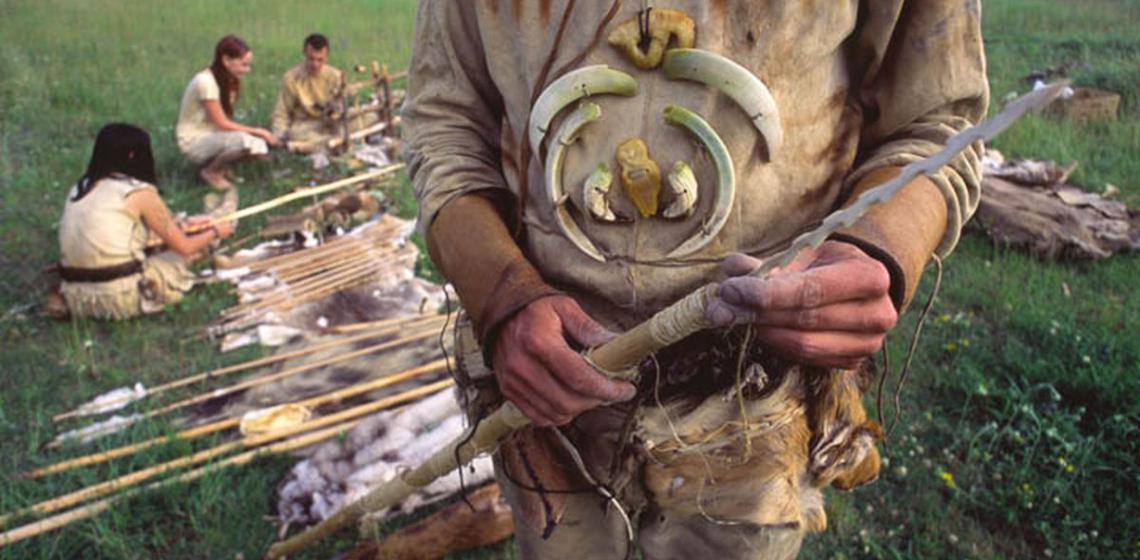
The Institute of Archaeology, Nicolaus Copernicus University in Toruń is one of the oldest research centres in Poland dealing with experimental archaeology. The first studies of this type realised by our researchers were published in the 1970s.
Since then, experimental archaeology took an important place in different types of scientific projects carried out at our Institute, associated with, for example, medieval metallurgy or textiles. However, we place a special emphasis on the use of the experimental methods in research on prehistory, particularly, the Stone Ages. Most of the work realised of this type is aimed at the creation of experimental tools that we use as a comparative material during traceological analysis of the prehistoric artefacts.
Since 2015, our students have had the possibility to participate in different experimental archaeology courses communicated in Polish and English. These classes focus on the practical applications, supplemented with the appropriate dose of theoretical knowledge. We are taking care to very seriously teach the participants how to realise the archaeological experiments in a scientific way, but also to get unique “prehistoric” skills and, of course, have a lot of fun using different “old” techniques, natural raw materials, and tools.
Our students are able to develop their experimental archaeology knowledge by becoming members of the students' organisation called Society for Experimental Prehistoric Archaeology (SEPA, www.keap.umk.pl). SEPA has already existed at our Institute for 22 years and its members have carried out hundreds of experiments, the results of which have been published worldwide. It was also the organizer of several experimental archaeology camps lasting several weeks.
In 2014, in the backyard of our Institute, we built an archaeological open-air museum with reconstructions of buildings with residential and economic functions, along with infrastructure, as well as burials and places of worship. Some of the reconstructions, including the building of a Mesolithic hut, a shallow pit house from the younger Stone Age, and an early medieval hut were constructed using only the techniques and tools specific to a particular era. Currently, the open-air museum area is a space for conducting classes, experimental works and other activities, such as promoting archaeology.
In 2018 we started publishing an online quarterly newsletter Experimental Archaeology in NCU. This newsletter can be found at scientific portals like Researchgate.net or Academia.edu. In each issue, we present at least three of the archaeological experiments realised at our Institute in the past, or currently by our students.
The latest project organized by the members of SEPA and scholars from our Institute is the first International Camp of Experimental Archaeology, Toruń 2020 (www.exarchcamp.umk.pl). The camp is paired with an experimental archaeology conference and will be summarised in the book entitled Experimental Archaeology in Poland.
Employees and students of the Institute are also involved in the promotion of knowledge about experimental archaeology among the public through lectures, workshops, museum lessons, shows, and archaeological festivals.
